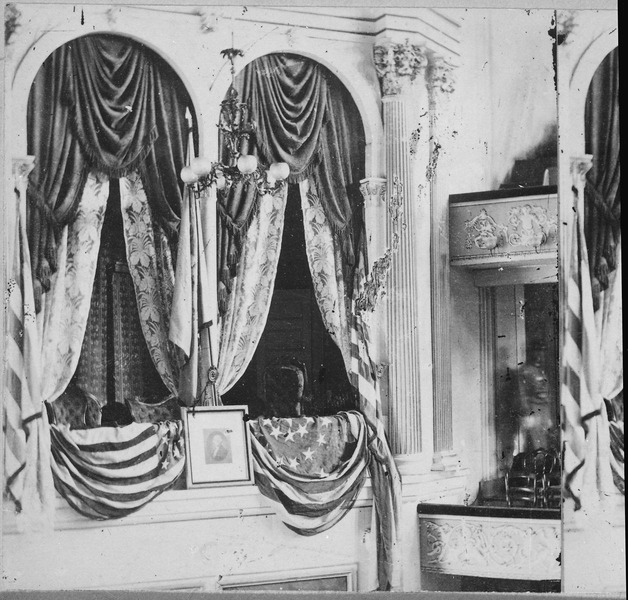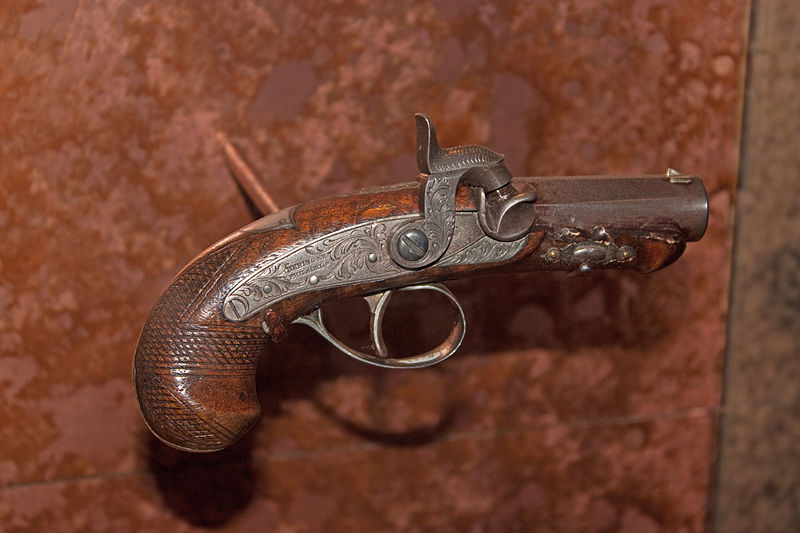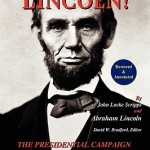 Vote Lincoln! The Presidential Campaign Biography of Abraham Lincoln is a 2010 annotated version of the first full biography of Abraham Lincoln published in 1860. Ostensibly written by John Locke Scripps, publisher of what would become the Chicago Tribune, much of the text was actually ghost written by Abraham Lincoln himself. Intended as a campaign biography, the book provides a revealing look at how Lincoln viewed his own life to that point.
Vote Lincoln! The Presidential Campaign Biography of Abraham Lincoln is a 2010 annotated version of the first full biography of Abraham Lincoln published in 1860. Ostensibly written by John Locke Scripps, publisher of what would become the Chicago Tribune, much of the text was actually ghost written by Abraham Lincoln himself. Intended as a campaign biography, the book provides a revealing look at how Lincoln viewed his own life to that point.
The current edition is wonderfully annotated by David W. Bradford. Included as an appendix is the actual text prepared by Lincoln and sent to Scripps, so we can see exactly where Scripps took Lincoln’s words verbatim and where he added significant additional material. At key points Bradford interjects with clarifying brackets and also adds longer pieces to explain the history of the statements and the rationale for their inclusion.
Beginning as most biographies do with his early life, we hear from the only man that knows his most early upbringing and that of his ancestors – Abraham Lincoln himself. Scripps and Lincoln take us through his formative years in Illinois, his river boat and flat boat adventures, and adult life in Illinois. Featured are his work as an attorney, his time in the Illinois legislature, and his one term in the U.S. Congress. His politically exciting bids for the Senate and famous debates with Stephen A. Douglas get substantial discussion and insight.
This campaign biography is invaluable as a guide to Abraham Lincoln from his early years up to his election as president. The fact that much of the information secretly comes from Lincoln himself offers delightful insights into the man. Bradford’s informative annotations make this current edition even more valuable than the original text. I highly recommend this book to anyone interested in Lincoln.
David J. Kent is the author of Tesla: The Wizard of Electricity. You can order a signed copy directly from me, download the ebook at barnesandnoble.com, and find hard copies exclusively at Barnes and Noble bookstores.
Follow me by subscribing by email on the home page. And feel free to “Like” my Facebook author’s page and connect on LinkedIn. Share with your friends using the buttons below.



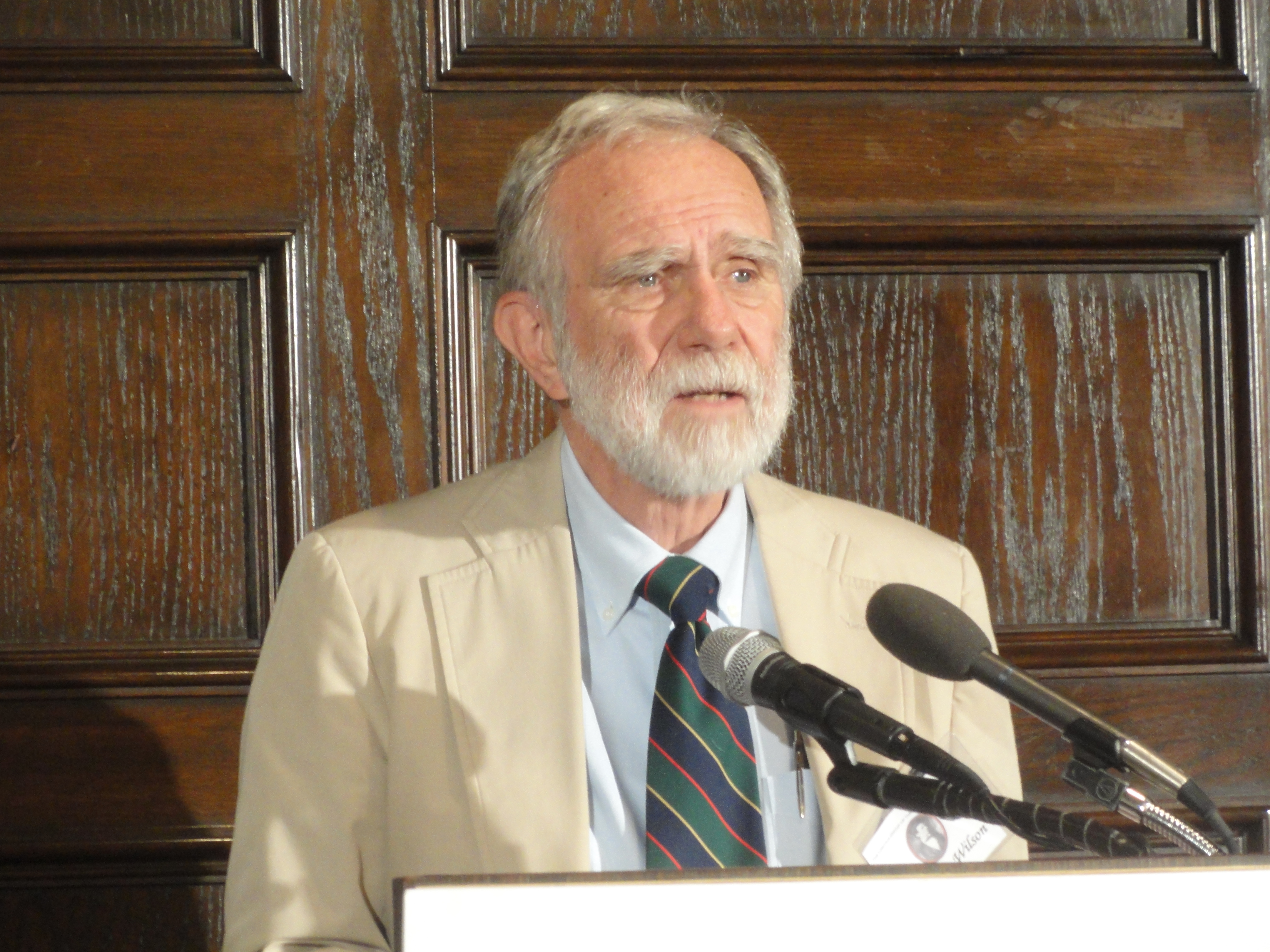
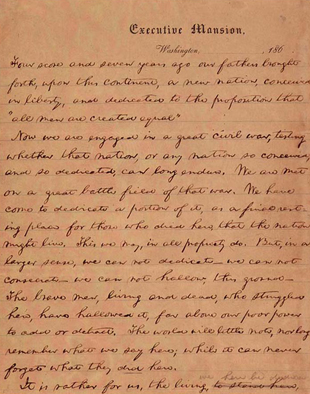
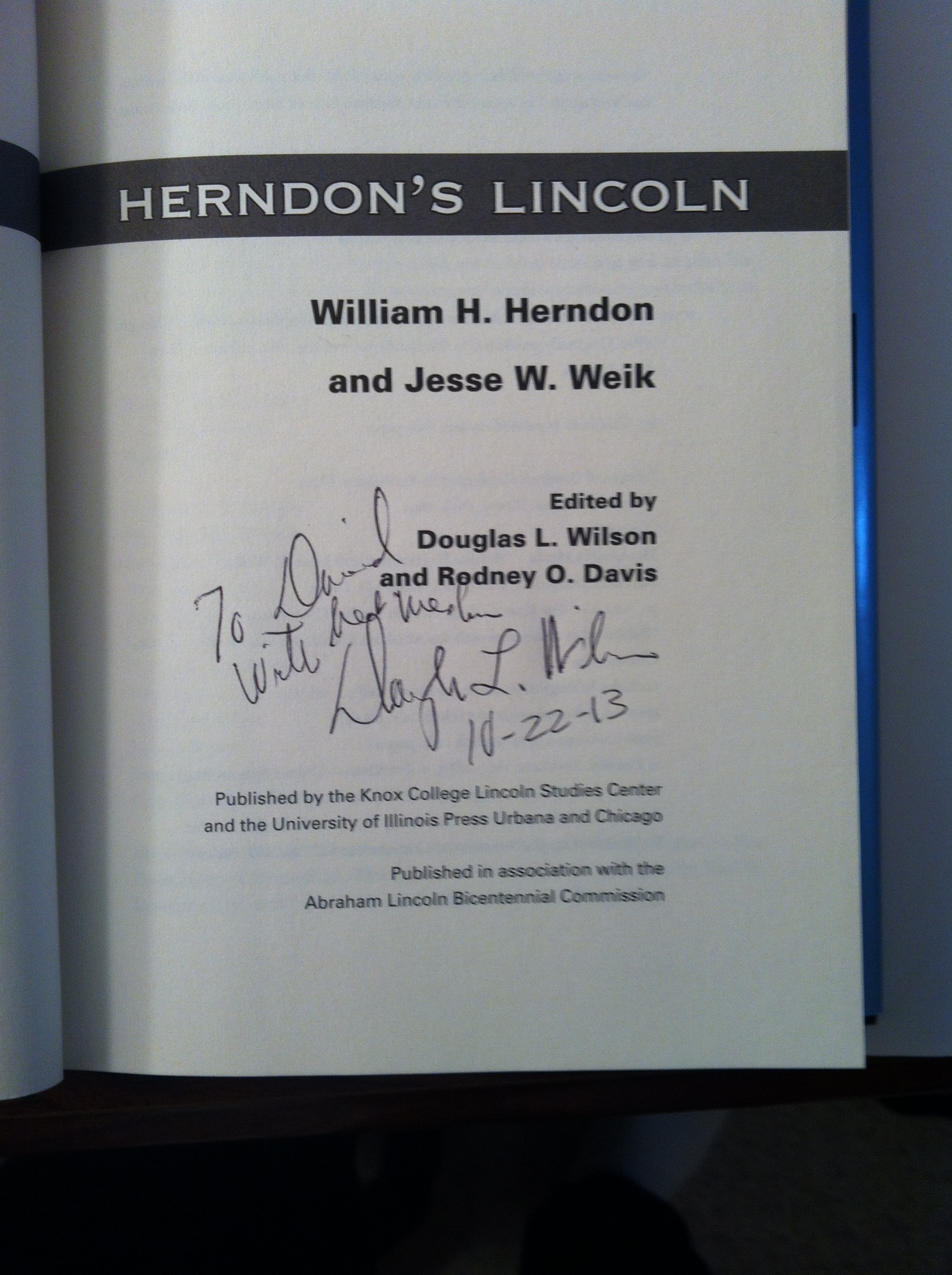
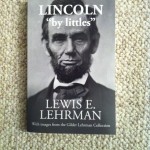 Periodically on this site I provide reviews of books about Abraham Lincoln. This is a review of Lincoln “by littles” by Lewis E. Lehrman, published by The Lehrman Institute in 2013.
Periodically on this site I provide reviews of books about Abraham Lincoln. This is a review of Lincoln “by littles” by Lewis E. Lehrman, published by The Lehrman Institute in 2013.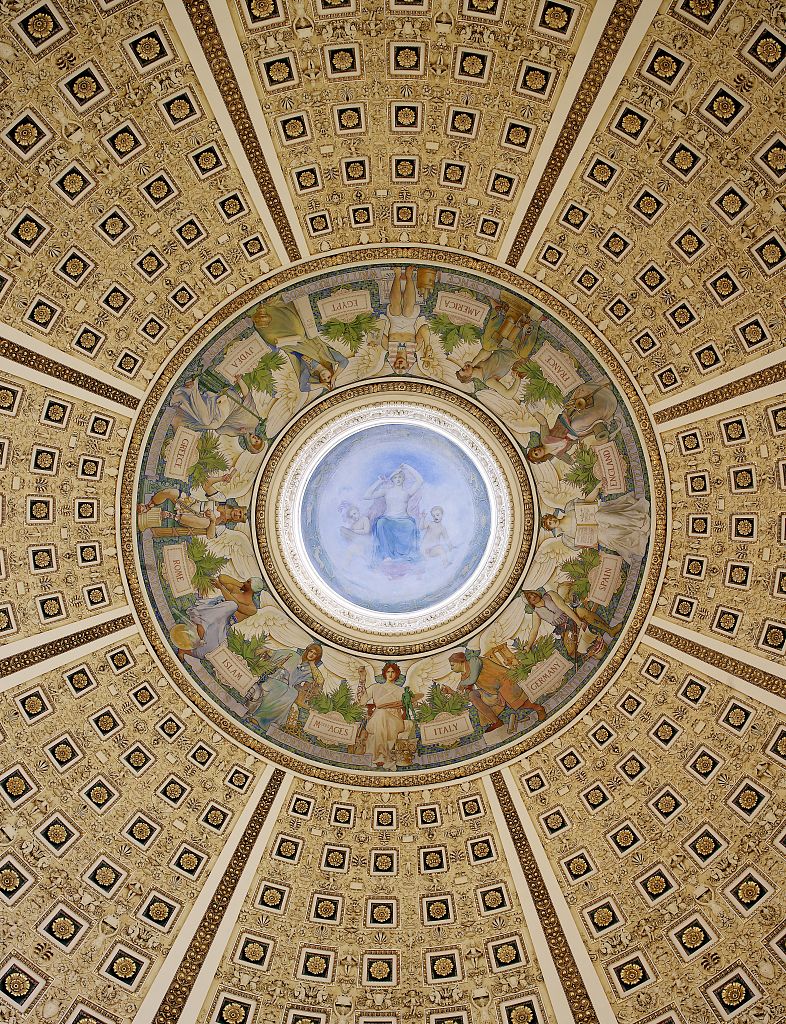

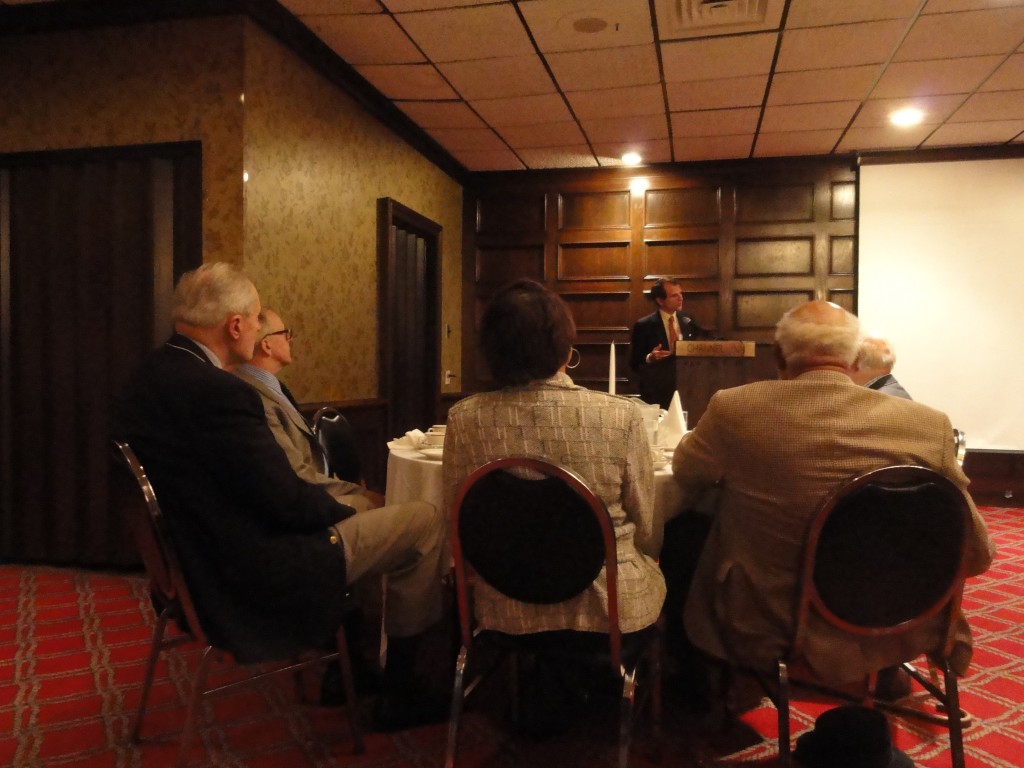
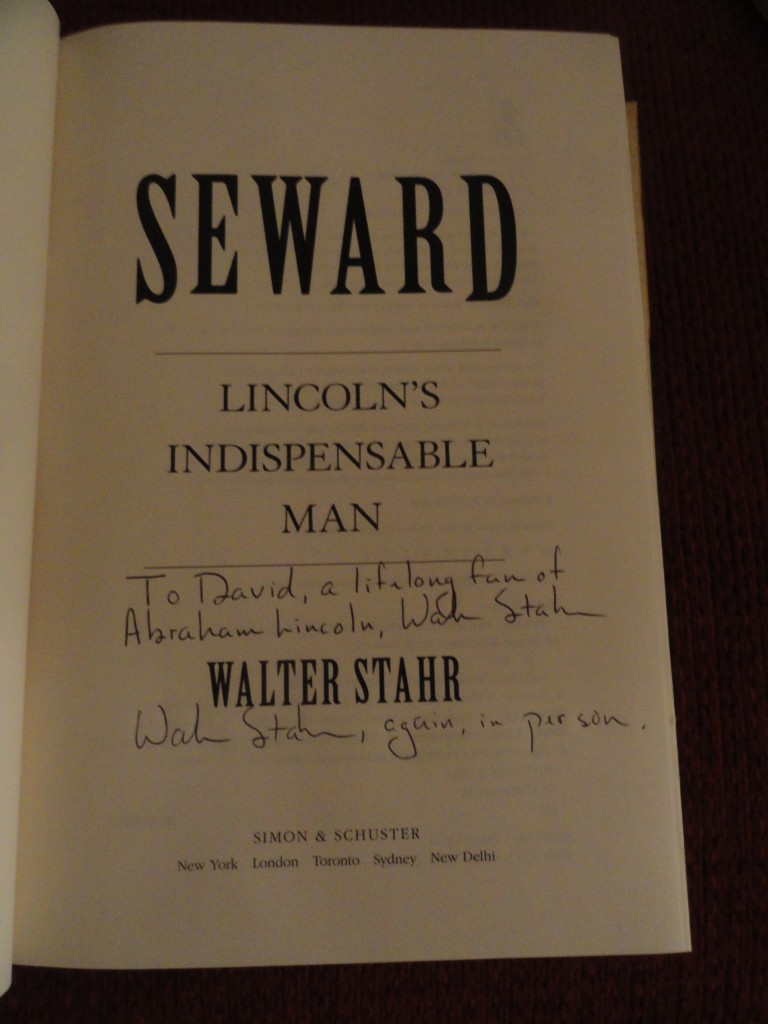
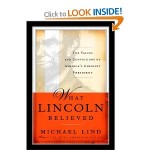

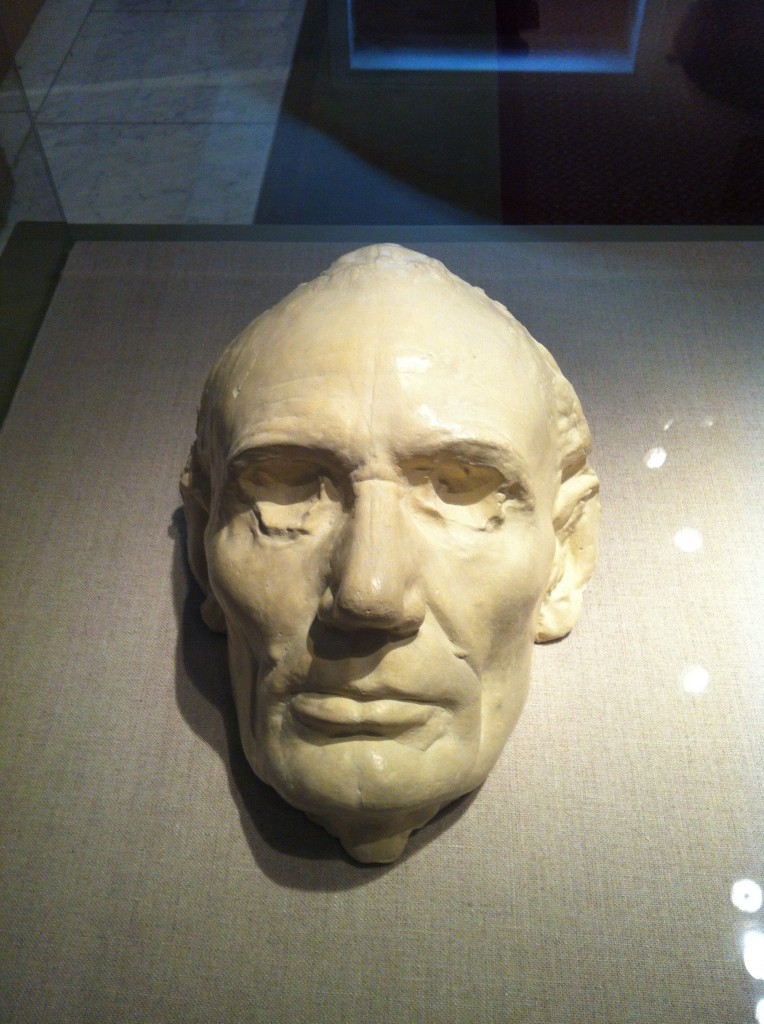

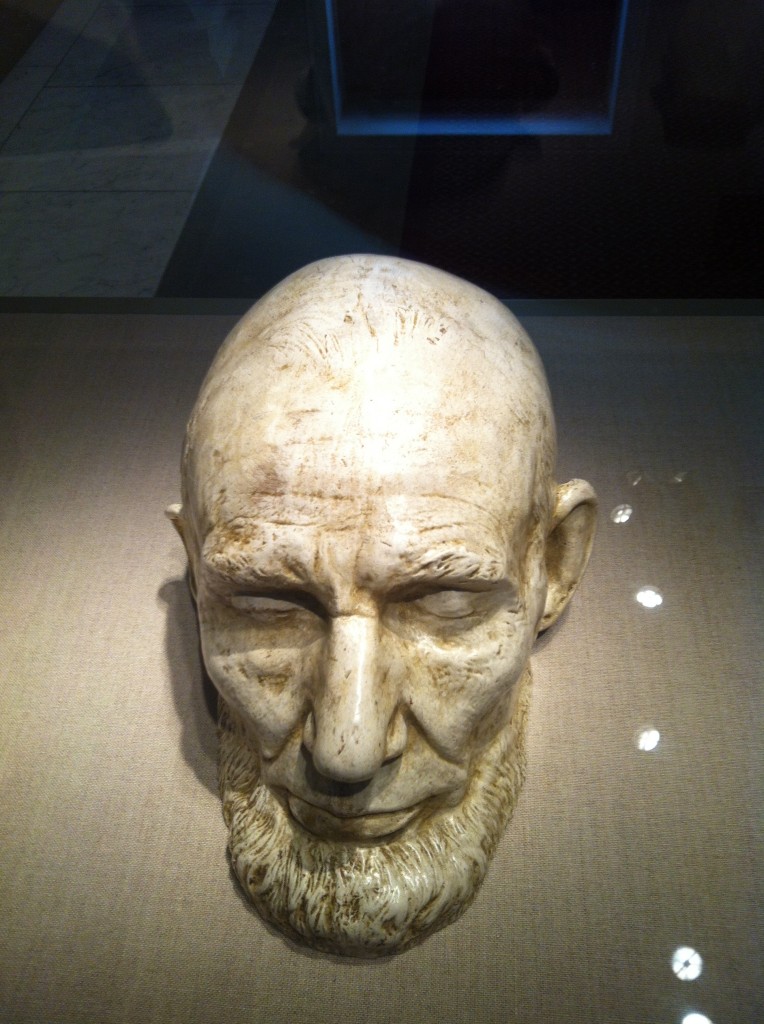
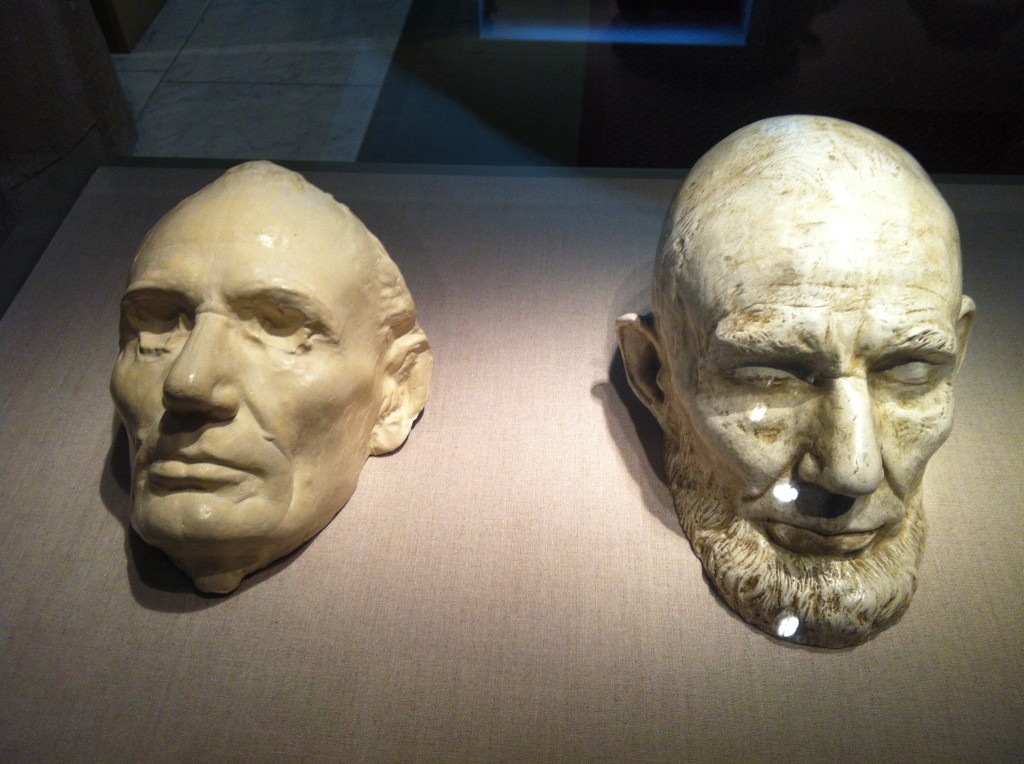
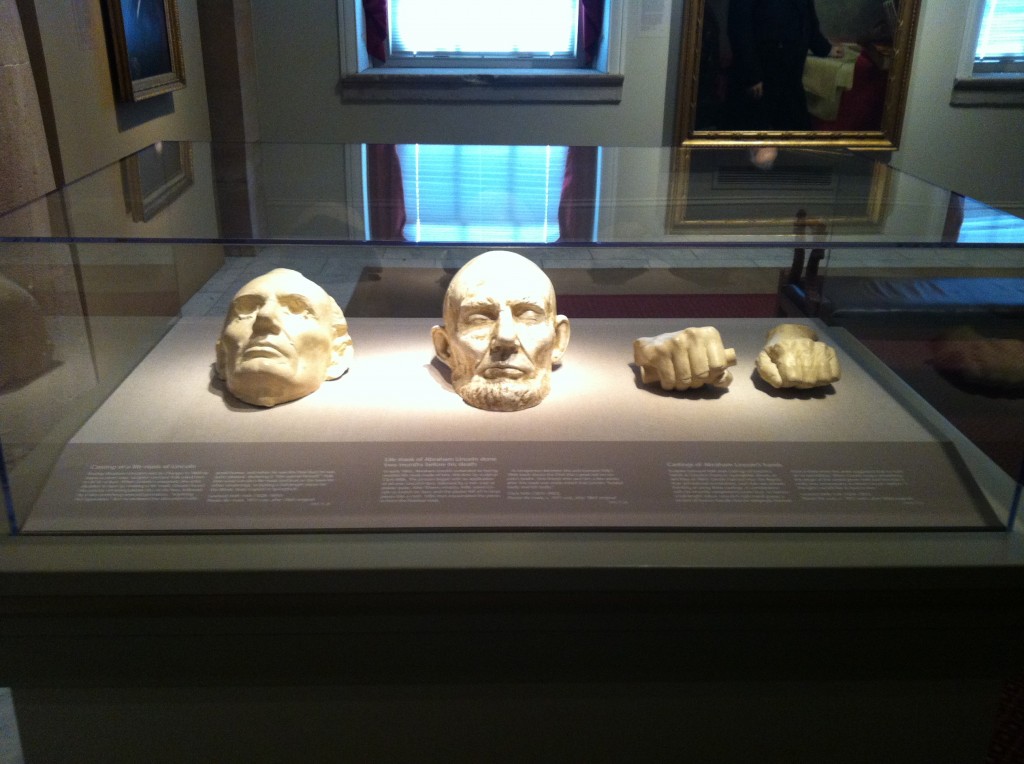
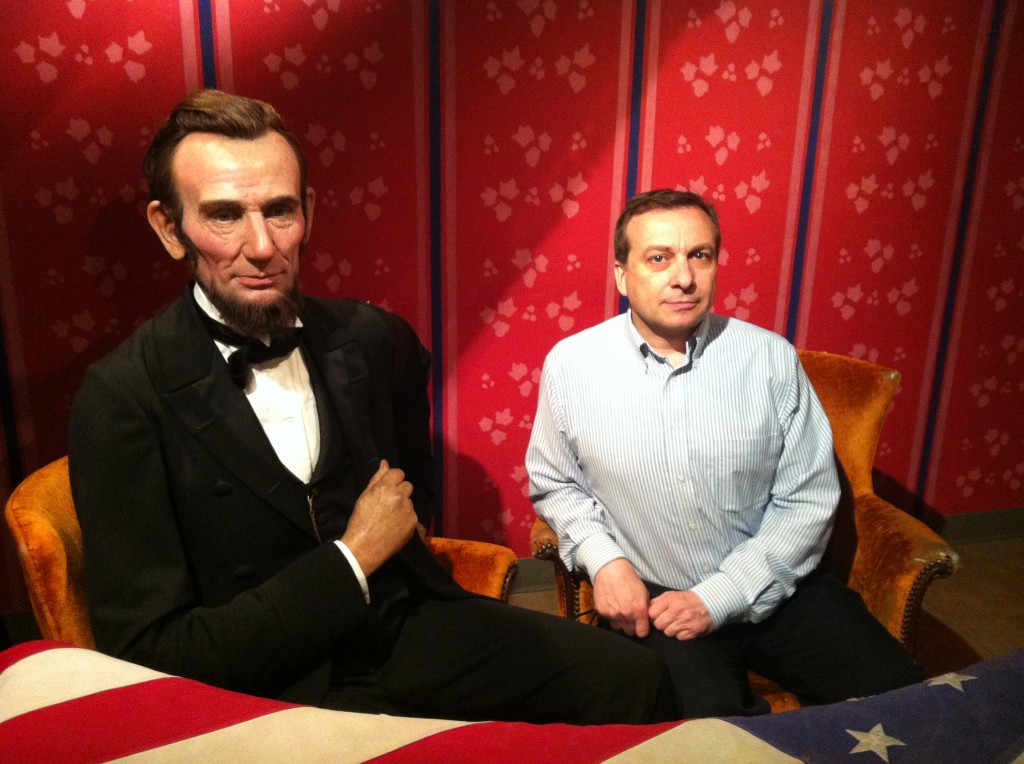
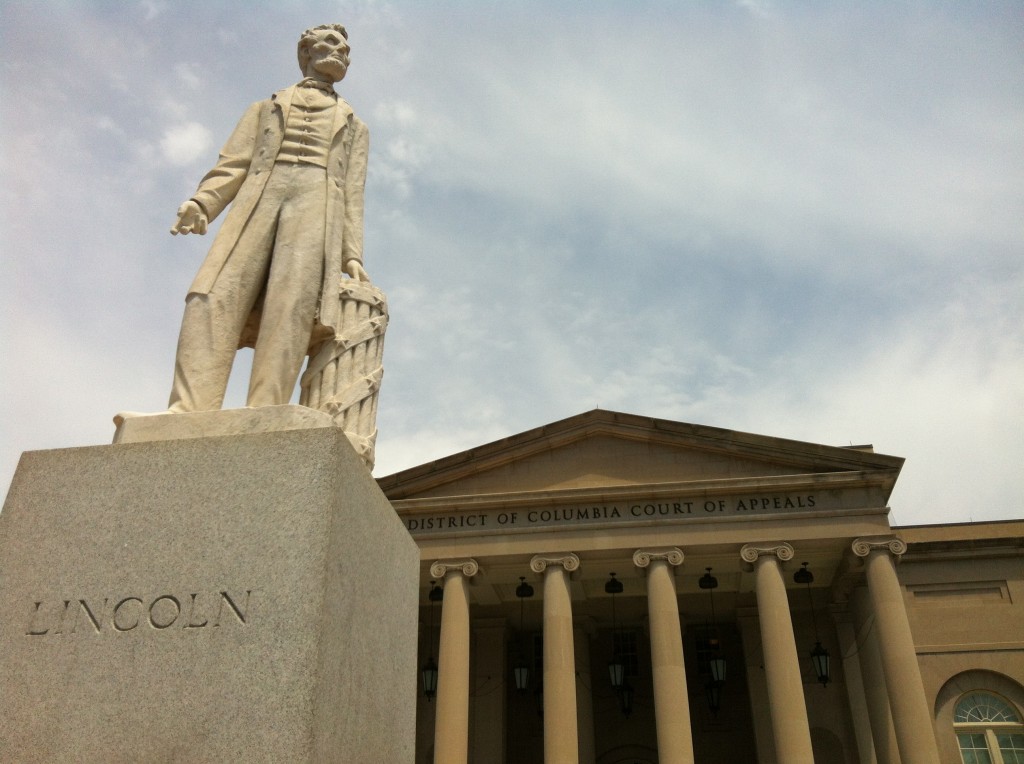
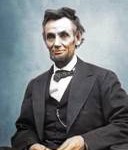 Abraham Lincoln died today. Well,
Abraham Lincoln died today. Well, 